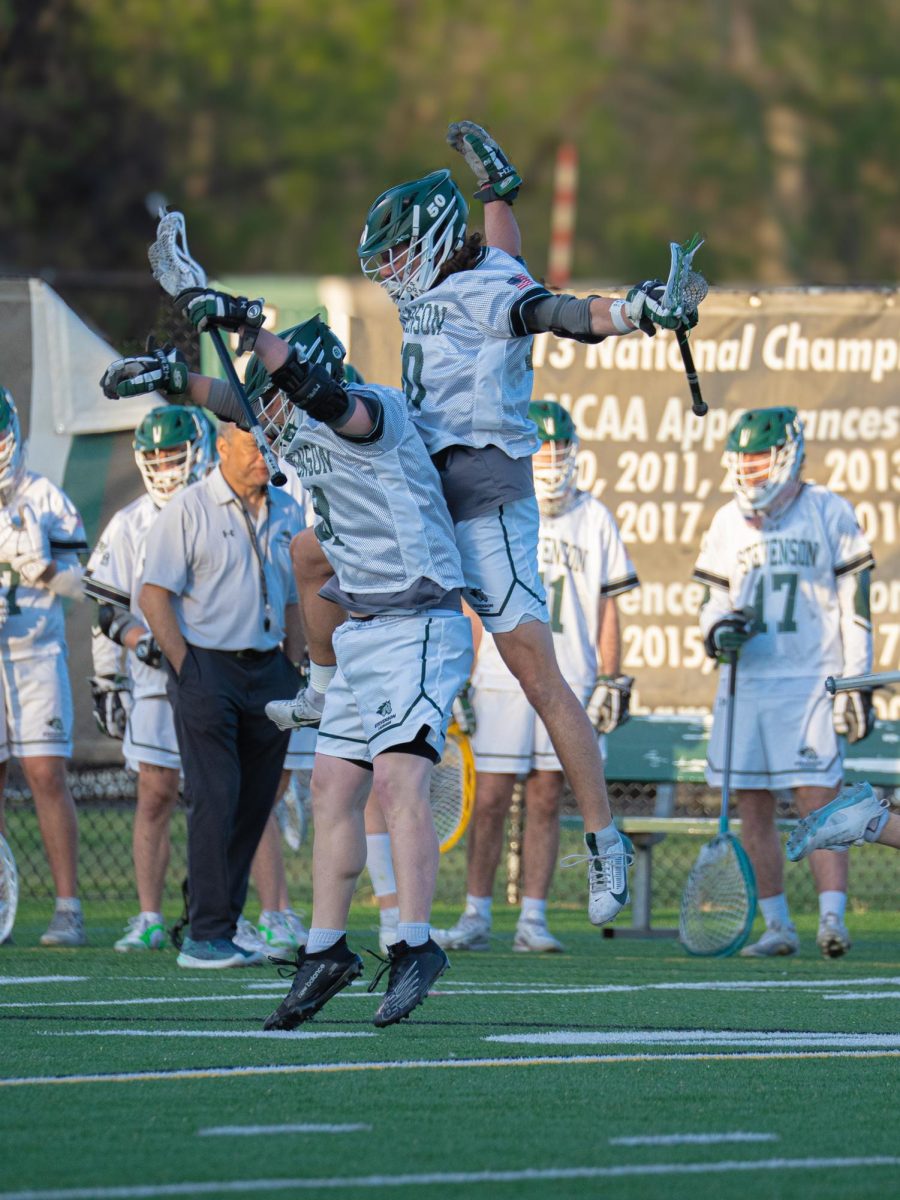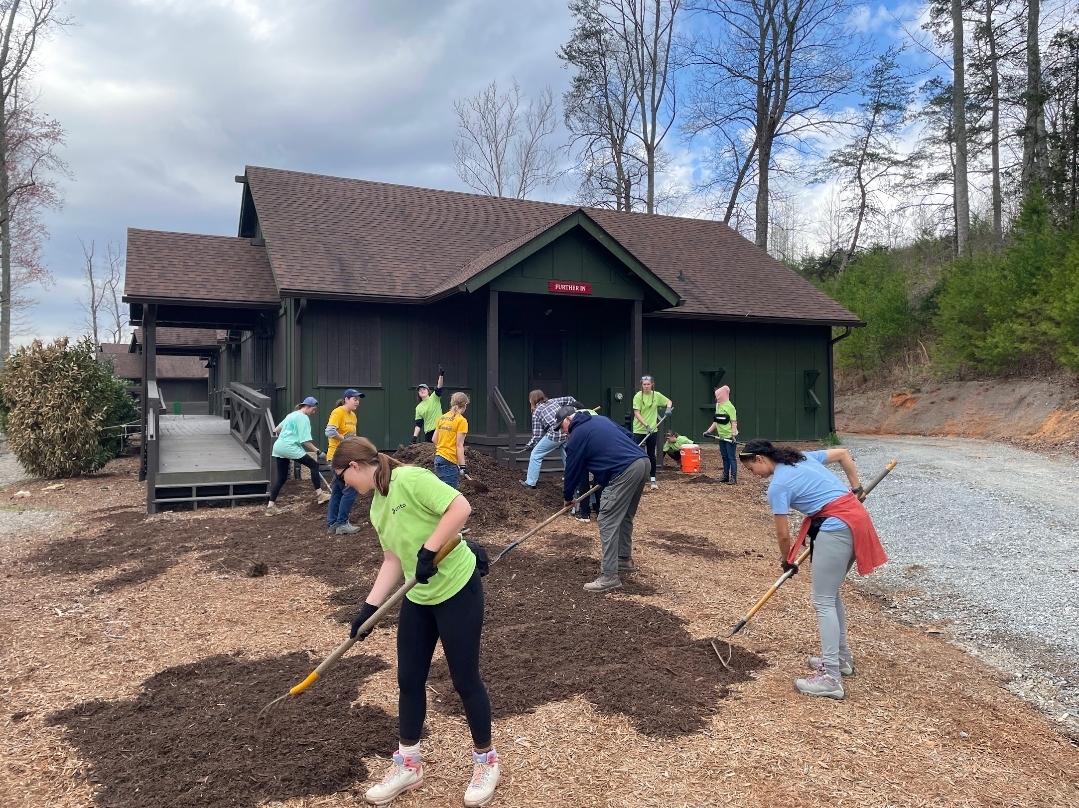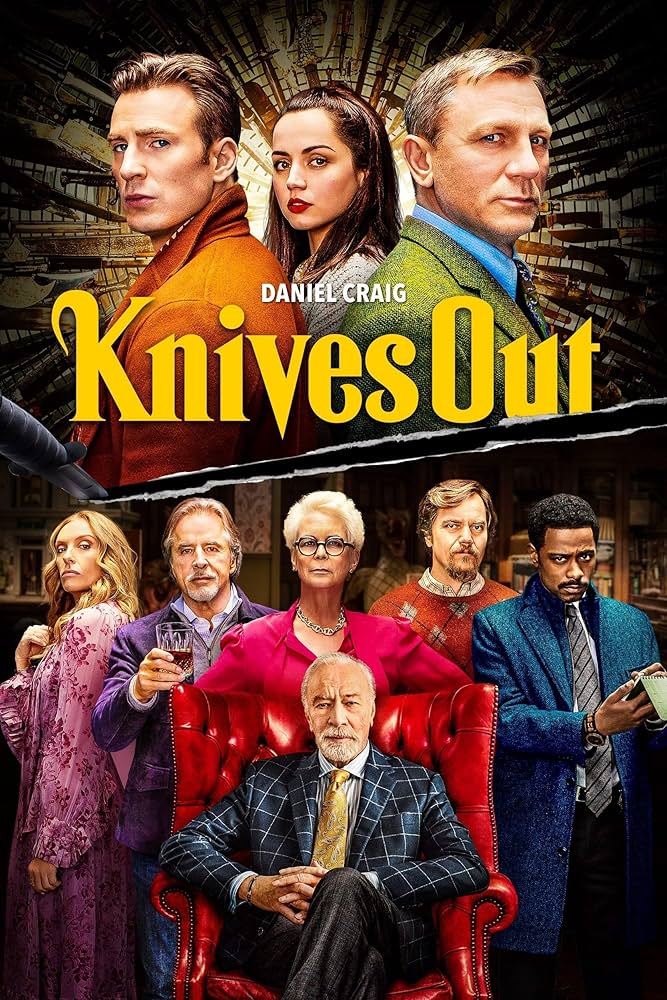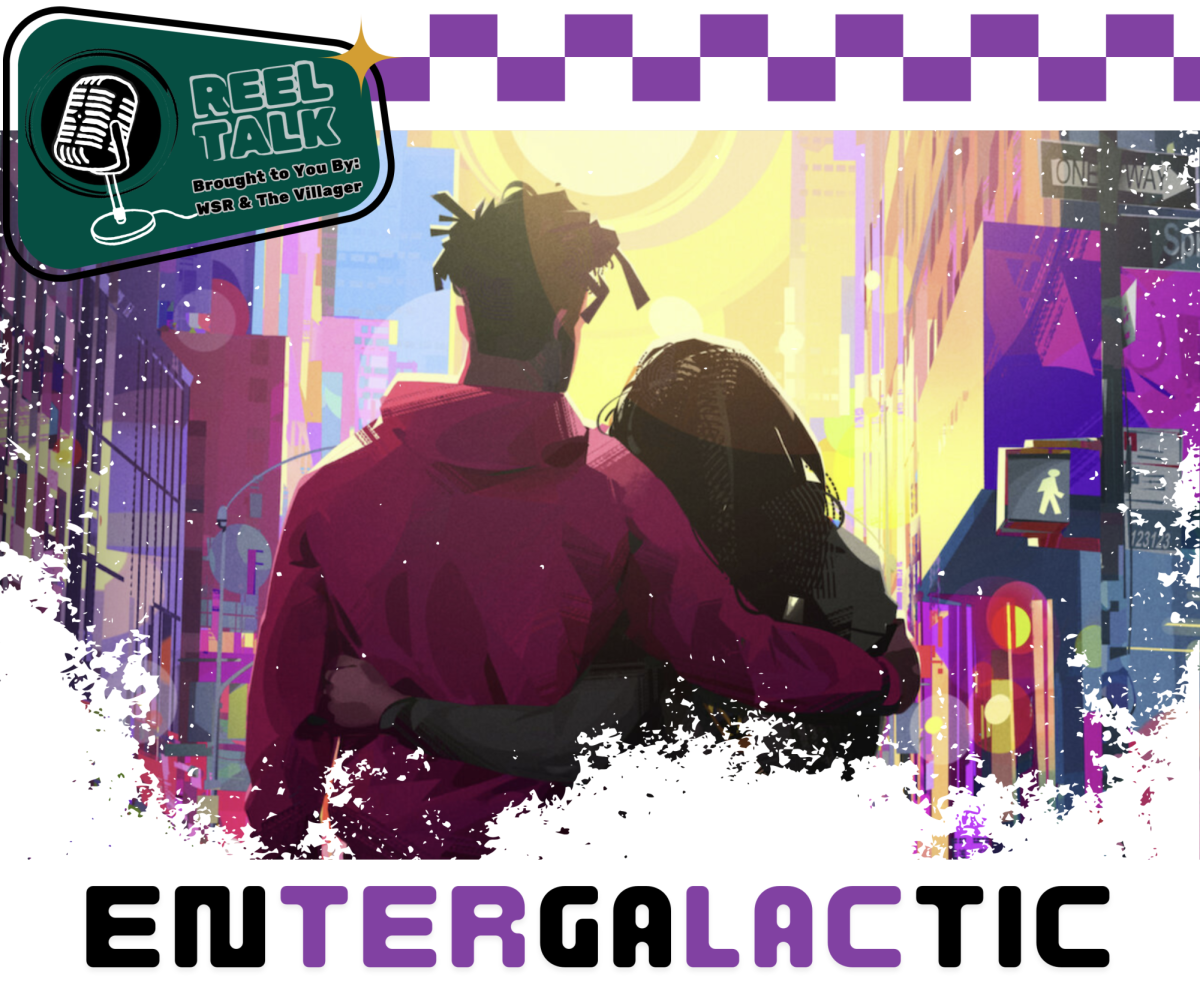A new and fascinating exhibition, Shade Gap, is on display in the Greenspring gallery. Baltimore artist Steven Riddle has created blueprints, called cyanotypes, using a 19th century method similar to dark room photography. On view since March 14, 2016, the exhibition consists of eight collaged cyanotypes, two on each wall, measuring 60 by 84 inches.

Before blueprints and digital copies were invented, cyanotypes were prevalent. According to the Getty Conservation Institute, the cyanotype was invented in the early 1840s by chemist and astronomer John Frederick William Herschel. This process was widely used from the late 1800s to mid 1900s by engineers and architects. Cyanotype means dark-blue impression, which is rooted in the Greek word cyan. The dark-blue impressions are developed with the use of natural resources.
As the Getty Conservation Institute explains, making a cyanotype is a simple yet meticulous process that can be done by anyone wishing to try. First, a selected material is coated with a mixture of compounds and dried in the dark. Next, the dried and treated material is exposed under an opaque substance that is then exposed to strong light. Then, the exposed material is put in a natural water bath to finish developing. Finally, the blue image can be handled after it is thoroughly dried. The cyanotype process has a pay-off of vibrant blue hues.
In honor of Steven Riddle’s exhibition, a reception will be held on March 30, 2016, from 6-8 p.m. Matthew Laumann, Stevenson’s Cultural Programs manager, said he would love to see more students get involved in the art galleries.
“The exhibits displayed at Stevenson are always inclusive and can appeal to all disciplines, not just art students,” he said. “I want to see more students come to the receptions. I feel like students ask themselves ‘is this for me?’ and I don’t want them to feel that way,” Laumann said.
Shade Gap will be on display until April 21, 2016. Students and other members of the Stevenson community can keep up with exhibitions by visiting the Stevenson University website.



























































